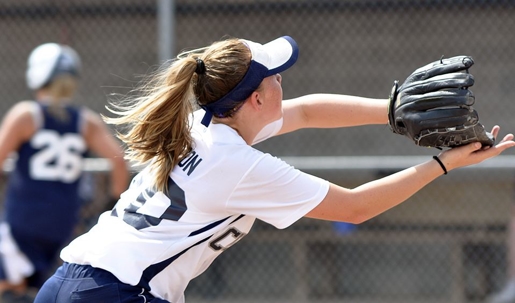In Morgan Dennehy v. East Windsor Regional Board of Education, Docket No. A-2497-19 (App. Div. 2021), the Superior Court of New Jersey, Appellate Division recently held that a coach can be held liable for injuries caused to a player because of improper or unsafe coaching.
Morgan Dennehy, a high school field hockey player, was injured when her coach, Dezarae Fillmyer, allowed her to practice in a section of a shared athletic field outside of the team’s allotted time. The high school had a shared turf athletic field with protective netting to be used as a ball stopper to promote athletic safety. The athletic department implemented a schedule so that all high school athletes would have an opportunity to utilize the field, without overlap.
On September 9, 2015, the schedule permitted the boys’ soccer team to use the field from 2:30 pm-3:45 pm, and the girls’ field hockey team was permitted to use the field beginning at 3:45 pm. At around 3:00 pm, the field hockey team assembled at the field, and Ms. Dennehy, the goalie, was standing behind the ball stopper. Ms. Dennehy asked her coach, Fillmyer, if she could take a shot on goal, which Fillmyer permitted. Ms. Dennehy left her position behind the ball stopper and took the field, where she was then hit in the back of the neck by a soccer ball that went over the ball stopper. Ms. Dennehy was then taken to the hospital.
Summary Judgment was granted in favor of Fillmyer with the trial court relying on Crawn v. Campo, 136 N.J. 494 (1994) and Schick v. Ferolita, 167 N.J. 7 (2001), and it determined that “the reckless standard must apply and there is no merit to the argument that a lesser standard is applicable simply because [p]laintiff was not engaged in a game at the time she was injured.” The Crawn court limited liability involving one sport participant to another to actions involving reckless or intentional conduct.
In this matter, however, the Appellate Division determined that the heightened “reckless standard” should not be applied because Fillmyer was not a co-participant. Instead, the Appellate Division held that the claim was “based upon a coach’s failure to properly supervise and oversee the participants of the sport he or she was tasked with instructing.” The crucial difference was that the injury was caused by the improper conduct of the coach, as opposed to a teammate or co-participant in the sport.
Based on this recent Appellate Division decision, it is clear that Crawn still limits claims against team members but does not bar a claim against a coach against whom negligence is alleged.

